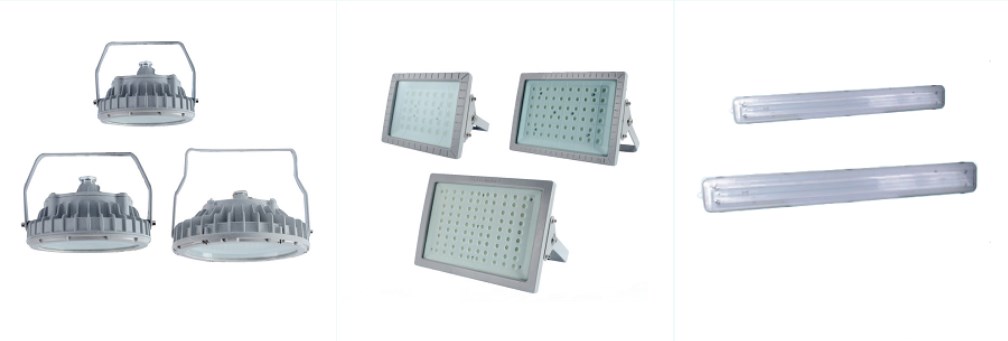Ambient temperatures below -20 ℃ may affect the explosion-proof type of the equipment, and should be taken into account during equipment evaluation and testing.
For intrinsically safe equipment, at low temperatures, the performance characteristics of components used in intrinsically safe equipment, such as safety barriers, and the spark-limited power supplies with dynamic intrinsically safe components will change. When selecting components, these changes should be taken into account, and the evaluation should be conducted in accordance with the requirements of the corresponding “Intrinsically Safe ‘i’ Protected Equipment” using the operating temperature specified by the manufacturer. This rated value should take into account the changes in the operation of semiconductor components that affect the intrinsically safe performance to provide the required intrinsically safe function.
The intrinsic safety performance of the power supply with dynamic intrinsically safe components used in such systems depends on the ambient temperature of the application site. At low temperatures, the sensitivity of the dynamic semiconductor components of the intrinsically safe power supply decreases and the switching time increases. The corresponding regulations stipulate that the spark ignition test should be conducted in the circuit arrangement that is most prone to ignition. However, in practice, the tests are usually carried out at laboratory temperatures.
Therefore, for systems with intrinsically safe protection power supplies of a dynamic nature in areas involving low temperatures, the intrinsically safe performance needs to be tested at the temperatures within the application range, including the lowest temperature of the dynamic semiconductor components, and under the condition that the spark test device is connected to an appropriate load at the highest operating temperature. Semiconductor components providing intrinsically safe protection in an ambient temperature below -40 ℃ may require special heating systems. For equipment used in cold marine climates, although the equipment complies with the corresponding creepage distance and Comparative Tracking Index (CTI) of insulating materials, a protection level higher than IP54 may be required to ensure that chloride deposits on the surface of printed circuit boards do not cause tracking.

